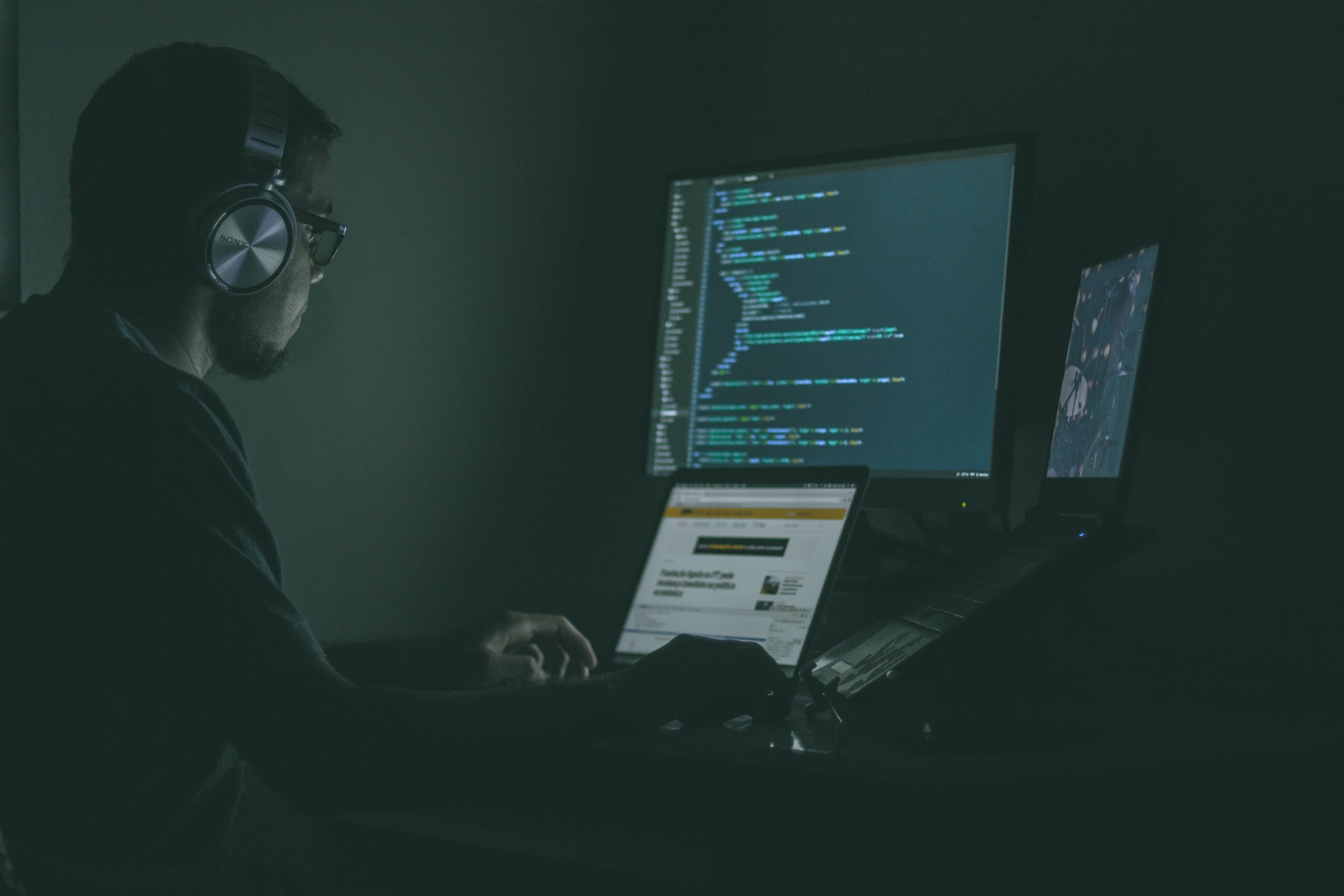The ’90s are known as the virus era, but cybersecurity tools were already beginning to take shape. Firewalls and antivirus software scanned for malware, while immunizers modified programs to prevent attacks.
It was also the time when hacker groups took form. They began monetizing by stealing information. This led to massive data breaches, such as TK Maxx’s 45 million credit card details and accountancy firms’ client files.
The 1960s
The 1960s ushered in groundbreaking digital technologies. These innovations revolutionized how we communicate by creating networks that could be accessed anywhere in the world.
As technology continued to evolve, Cybersecurity began to become a concern. Hacking, cyber espionage, and equipment failures were becoming more common. Even movies like 1983’s WarGames highlighted the potential danger of cyber attacks.
A researcher created a program that could move through ARPANET’s network, leaving a data trail behind. This program was called CREEPER and would later be the inspiration for antivirus software. Viruses and malware were quickly growing, and the need for protection became increasingly urgent. Firewalls and commercial antivirus programs were created in the 1990s to meet this growing demand. They work by using blocklists to identify threats and neutralize them.
The 1970s
Cybersecurity’s birth is primarily attributed to the 1970s. The Advanced Research Projects Agency Network (ARPANET) — a connectivity network developed before the internet — was created in this decade. As more information was digitized, hackers with not-so-great intentions began accessing computers. They used their skills to tamper with systems, steal information, and even hold corporations for ransom. This gave rise to cybersecurity specialists known as white hat hackers, who act as security experts.
By the end of this decade, computers were becoming smaller and less expensive. Locking them up wasn’t feasible or beneficial, so passwords were embraced to access computers. This triggered the arms race between malware and anti-malware. Hackers realized that getting hacked wasn’t just about digital vandalism, making money, and gaining political capital.
The 1980s
The 1980s saw a significant shift in how people used computers. Computers have become commonplace in homes and offices, bringing many benefits but creating new opportunities for cybercriminals. During this decade, viruses like the Morris worm and Melissa virus began damaging networks, and polymorphic viruses and firewall technology came to the fore.
Hackers also entered the mainstream, making media depictions of cyberattacks more realistic. This era also saw email development and a growing reliance on digital communications. As a result, the US government began developing software to protect against hackers, launching an ARPANET project called Protection Analysis to create automated ways of spotting vulnerabilities in computer programs. This cat-and-mouse between hackers and security vendors was the birth of cybersecurity as we know it.
The 1990s
Once computers became commonplace in offices and homes, cybercriminals found new ways to exploit them. Hundreds of millions of credit card data were breached, and hackers started to realize there was real money to be made from ransomware attacks, hacktivism, and other destructive cyberattacks.
As the number of viruses grew, security solutions were forced to evolve as well. Antivirus software developed more sophisticated and started to use heuristic detection, which uses generic code to identify malware even if it hasn’t been detected before.
The 1990s also saw the rise of polymorphic virus risks, which mutate to avoid detection. This ushered in an era of malicious hackers that targeted significant corporations, stealing their valuable information and causing downtime. This prompted companies to make cybersecurity a priority.
The 2000s
With the internet now readily available, more people began putting their personal information online. Organized crime entities saw this as a new source of revenue and started hacking into governments and individuals to steal data. This caused network security threats to increase exponentially, requiring firewalls and antivirus programs to be produced on a mass basis to protect the public.
The 2000s also saw more credit card breaches and hacktivism as bad actors realized there was a lot of money to be made from holding corporations hostage and stealing their data. These cyberattacks shaped cybersecurity as we know it by making it clear that companies had to improve their cybersecurity programs or risk losing valuable information and potentially being shut down altogether.

